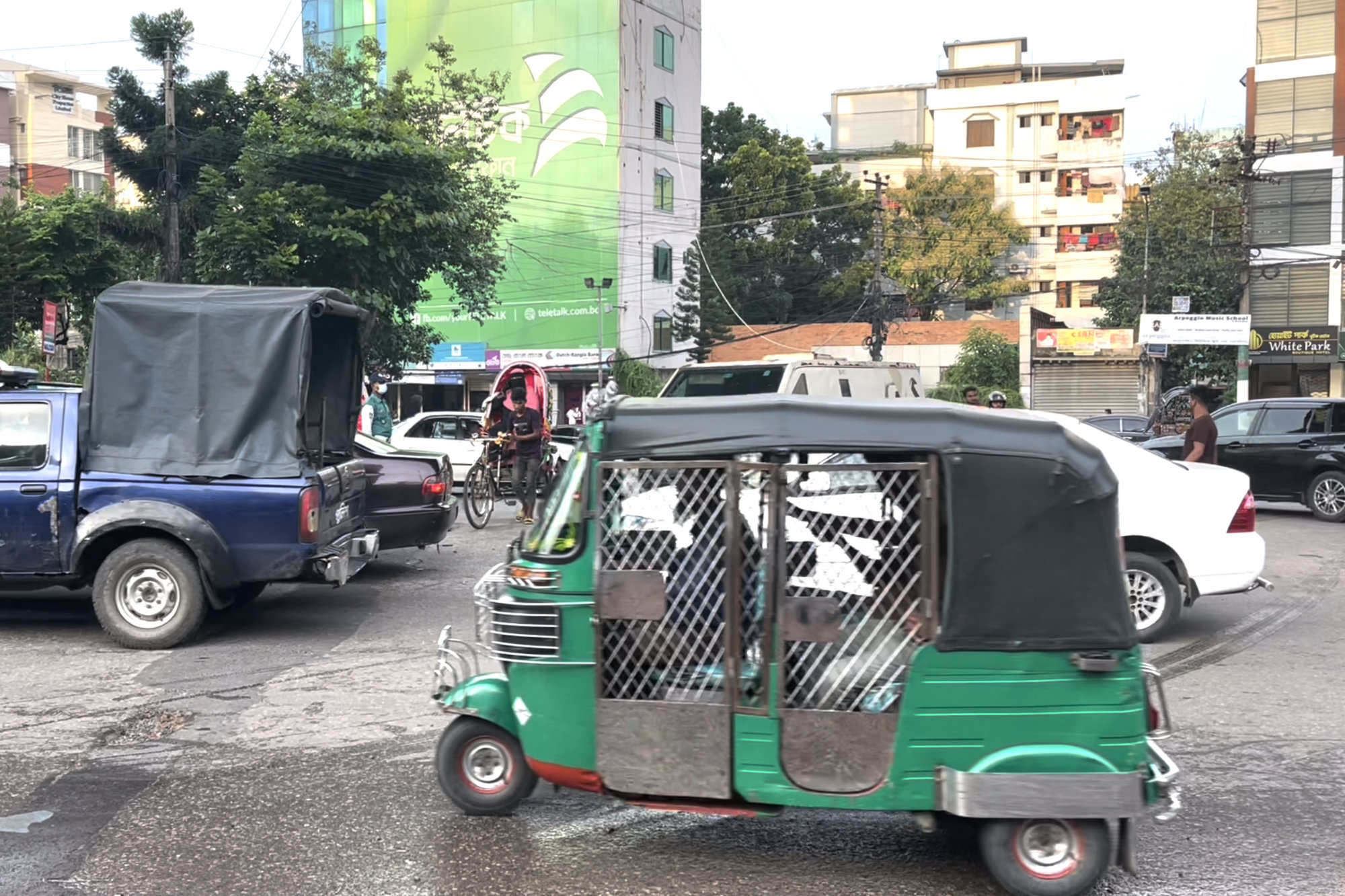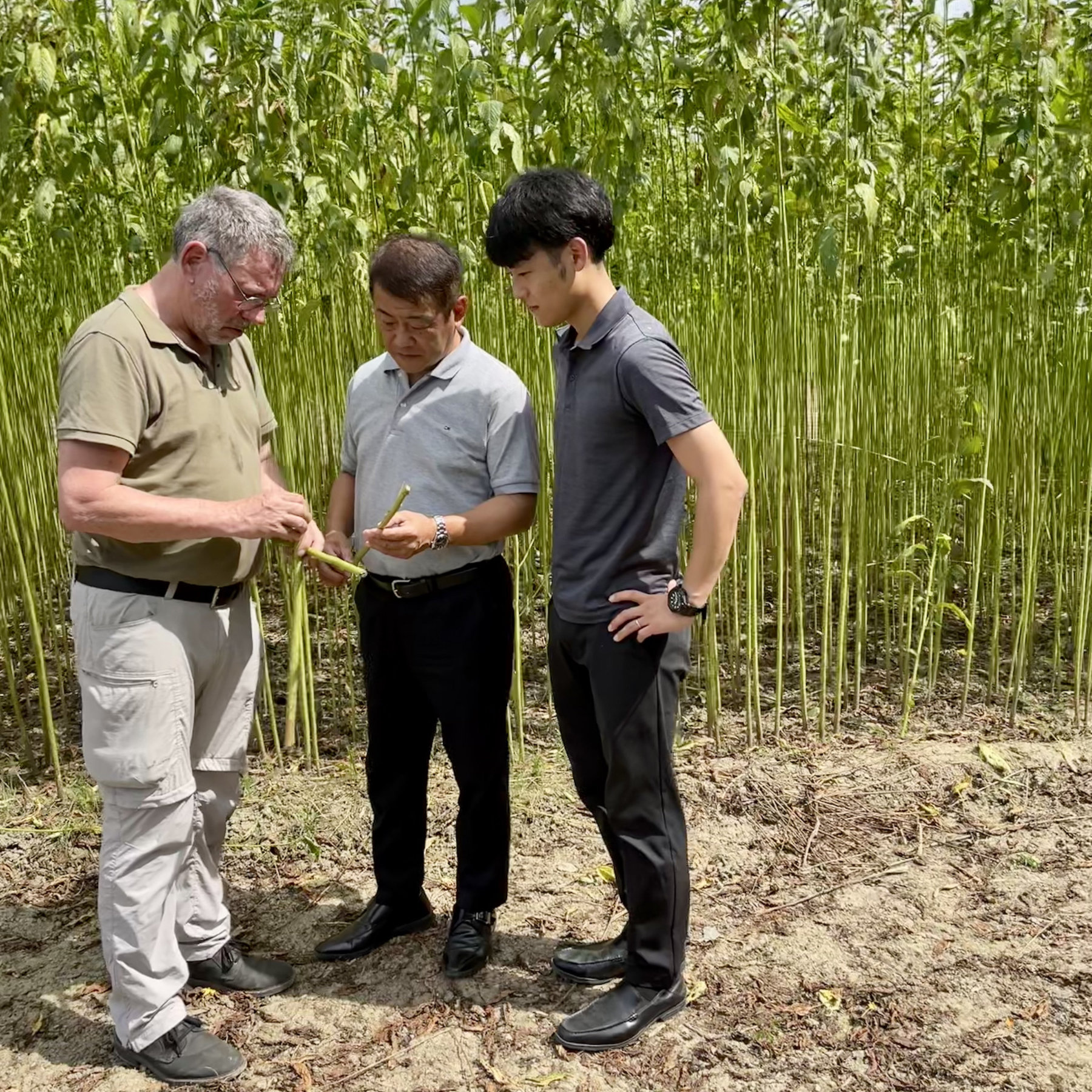The Jute Story: from seed to plant
PART 1/5
One of AMATSUNAWA’s core missions is to help inform the rope bondage community with reliable, truthful information. This story in 5 parts details a trip with our Japanese partners to a jute growing site just as cropping begins, our yarn mill supplier, and their rope manufacturing.
The Jute Story: from seed to plant
Since introduced in Japan during the mid–1980s, jute has become the predominant material for Shibari as the superior choice for application. Many have since evolved arduous ways to turn industrial rope never designed for tying the human body into something usable.
A decade ago, after an unfortunate dermatological incident, I sought to understand the cause, and find a better rope for my own purposes. As the market grew, I had to give up the day job as the CTO of a company with supplier partnerships and customers in Japan.
The cultivation and processing of jute, yarns and ropes is far more complicated than I had initially imagined. I had to change my mindset diametrically, from dealing with high–tech, qualified physicists meticulously specifying in nanometres, to an agricultural supply from a developing nation.
Furthermore, in order to gain traction in perfecting our goals, I had to get my boots on the ground to gain hard knowledge and factual information – a solid education not based on hearsay. From my time in industry, I already knew we’d need to deal in significant quantities.
One of AMATSUNAWA’s core missions is to help inform the rope bondage community with reliable, truthful information, and not prey on the unwitting. To specify a product like jute rope, this begins with container volumes.
Over the past two decades, I advanced from purchasing lengths of jute rope in the sex shops of Kabukichō, to spools from the quaint little high-street general rope stores such as Kawasaki, Ogawa, etc., to the rope manufacturers, visiting many in remote corners of Japan. We now purchase in tonnes.
Traveling the world on business, researching, developing, inventing, designing and producing solutions to overcome problems since the early 90s, you get an extra sense with experience when something doesn’t add up. It didn’t take long to realise, due to transport logistics and labour costs, the Japanese sub–contract their natural fibre rope orders to suppliers in Bangladesh, India and China, etc. The latter fast buying up yarn mills bankrupted by a series of crises. Romantic belief your JBO–laden industrial rope is ‘traditionally’ Japanese, is sadly more likely made in a sweatshop factory near Shanghai or Kolkata.
While jute can grow in many countries, it’s the unique soil, oxygen–laden river water from the Himalayas, monsoon rains and stable temperatures that produce the best fibre for cordage. Nearly 99% of the world’s supply grows in Bengal, with certain Bangladesh districts fabled for producing far superior fibre than in India.

However, this isn’t the beginning of the story. So, let’s start with the trip to a typical growing site only 90km from Dhaka. 3 hours away from our heavily armed, Army security guarded hotel. Welcome to driving in a country about twice the size of Ireland, but a population 35 times greater, and without, it would seem, a single traffic light. What side do they drive on in Bangladesh?
I spent around 16 hours on the road during the week, and have yet to fathom this out. Cities are deafening. Horns are used continually to warn of presence. There’s no ill feeling. You can be bombing down a freeway over and undertaking trucks and buses belching out black exhaust, tuk-tuk and cyclists, all weaving in and out, some coming against the flow, and suddenly come to a total stop to negotiate a huge bump onto an unfinished section of raw concrete or even just mud.
On dual–carriageways, traffic comes towards you on your side, including rickshaws, and people milling about crossing the road. The driving style is to sound your horn in warning and go through where a space opens. Intersections are the darkest comedy. Imagine several stadium crowds heading in their own different directions. If there’s a gap, you fill it until you get through, all the time HONK–HONK, BEEP, BLARE, MEEP–MEEP, HONK, BLAST. The noise is incessant, 24/7. They pass by like a stream rounding a rock.
180 minutes later, we’ve crossed the brand–new Chinese–built Padma bridge, on one of the very few toll freeways. Long destined for our scrapheap buses race past crawling trucks. Peasants amble across, while goats and chickens graze in the central reservation. We know we’re reaching the jute growing area by the jute filaments drying in the sun hanging over the Armco barriers. It’s beyond surreal.

Kiyonori san takes everything in his stride, having done this for 3
decades. For his son, who will become 5th generation President, it’s
also his first time. Yu san and I have tumbled shaken through the rollercoaster
driving adventure, without seatbelts or airbags, and we’re just relieved to
still be alive. Stress levels are through the ceiling. I couldn’t take photos
because of holding on and bracing myself for impact the whole journey.
Finally, we make a U-turn onto the parallel service road. Naturally, against the flow of traffic. I close my eyes and consider becoming religious as a truck barrels head–on towards us, blaring its warning. We draw up at the tiny farm that’s our destination. From the air–conditioned car, I get out to 37°C and 98% humidity. It’s like hitting a wall of hot, wet air. Sweat pours off me, drenching my clothes in minutes.
We’re greeted by the farmer’s son while his mother and sister hang damp jute over a long bamboo spar to dry. He takes us down a small incline behind the family shack where they live, and there it is at last, a jute field.
Only ‘field’ is maybe too grand a word considering our western perspectives. I note the soil. We’re told it is clay, but nothing like the sticky resilience we would call clay back home. Even damp, it’s still crumbly, the colour a pale tan.
The shock for me was seeing the plants for the first time. Not the big stems I was expecting. They grow fairly straight with most leaves, and some small branching at the top. Total plant height over 3 meters. The thickest stems maybe 2.5cm in diameter at the ground. We cut one plant to look inside at the cross–section. The smell of sap is, to my nose similar to elder.
A jute field isn’t like an endless wheat field. Farmers grow them in
blocks of around 5 x 25m. Plants approximately 4–5cm apart. The stem colour is
a bright green with a kind of rough sandpaper feel to the touch. They don’t cut
the roots off until after pulling, as the plants lift out of the soil very
easily. It becomes clearly apparent the devastation Super–cyclone Amphan must
have wreaked on the 2020 crop.
Once cut, the roots can be tilled back into the soil as fertiliser, mixed with cow dung and Rheum palmatum rhubarb root and leaf waste. No chemical fertilisers are used. Even the anti–bacteria and fungicides are natural, taken from local plants (as are the jute roots as fertiliser for other crops). There’s a circular nature to it all.


©AMATSUNAWA GmbH 2022
